Learn more about 
The aquaculture industry must contribute to the global food challenge of feeding an ever-growing population. To achieve success, it is estimated that global food production will need to double by 2050. For this to happen, significant changes throughout the sector are inevitable. Reducing the environmental impact whilst improving the social aspects are natural steps in sustainable aquaculture development. At the same time, economics are a key driver in accelerating change in any sector.
Why Blue IMPACT?
Environmental IMPACT
Increasing aquaculture production sounds easy, but the true challenge lies that we aim to achieve this without taking more fish from the ocean or using more agriculture land for crops. This is what true sustainable development is about, not compromising on other sectors.
The overall objective to reduce global greenhouse gasses has been adopted by various industries and many companies. The International Panel on Climate Change has set a clear target for the world to achieve net-zero emissions by 2050, but in the next 8 years we should have already reduced emissions by 50%.
As aqua feed contributes up to 80 % of most environmental impacts in aquaculture production, we at BioMar take our responsibility serious. But the truth is, we can’t do this alone. We are working together with our raw material suppliers to stop deforestation. We are investigating how to restore degraded lands. We have allied with partners to convert CO2 into durable carbon. And we need to work together to increase food production efficiencies and reduce food losses.
Social IMPACT
Another issue was created with the growing inclusion of plant materials from 20% in 1990 to 70% in 2020. The fat composition of farmed salmon changed to higher levels of omega-6. Most people consuming a regular Western diet have a ratio that is out of balance in favour of omega-6. The social challenge for Blue Impact in which we succeeded, was finding ways to restore the balance and offer a rich source of both omega-3 and omega-6 fatty acids without overfishing the oceans or compromising on the natural health benefits of salmon.
In addition to the environmental impact, it is essential that we continue to improve the social sustainability of the industry at the same time. With this, our first Blue IMPACT feed will focus first and foremost on the health aspects for both humans and fish. Omega-3 fatty acids are essential to human health and must be sourced through our diet as the human body cannot produce them itself. Fatty fish like salmon is known to be rich in omega-3. However, just like humans, farmed fish require omega-3 to boost their health, robustness, and growth.
Economic IMPACT
Any industry needs to produce products that consumers want and are willing to pay for to be profitable and sustainable. Profitability of a sector will fund the necessary change and help to attract financial investments. The image of the aquaculture industry and salmon farming in particular are causing pressure on economic results. Although salmon prices have been rewarding the past years, the underlying criticism to salmon farming practices are evident and pose serious economic challenges for the future. Doubling aquaculture production implies expansion of capacity: larger or new sites. The opposition and protein competition are, however, quite active and we have seen licenses being suspended or even withdrawn in certain parts of the world.
The industry’s license to operate salmon farms depends on sustainable development of the industry to be able to capture the enormous growth potential that lies ahead. Land-based or going offshore: access to financial solutions will be crucial to fund these developments. Finance that is tending more and more to projects that classify as sustainable or green.
Talk to an expert
Fill in this form to learn more about this product.



